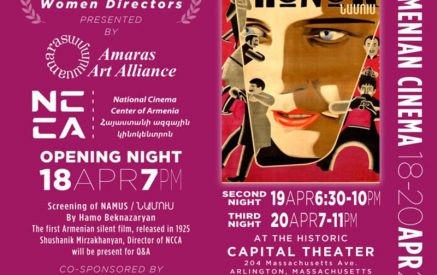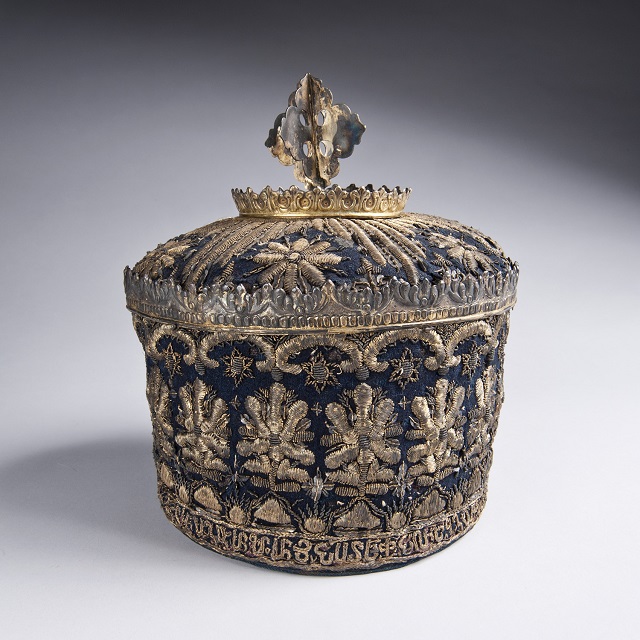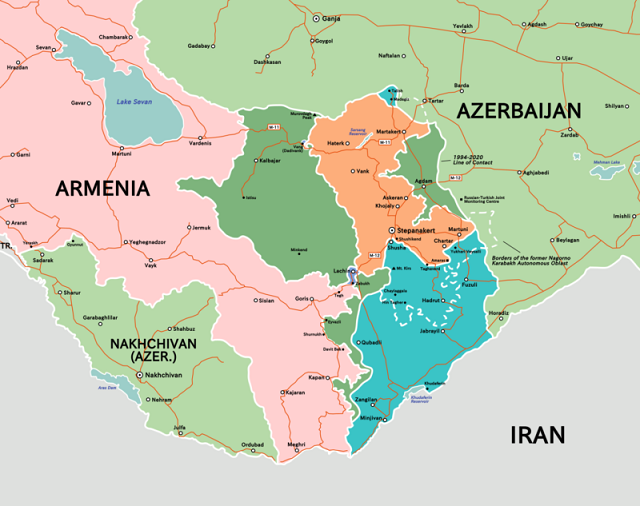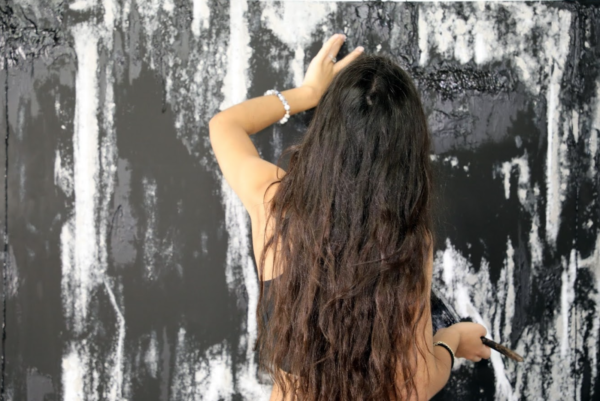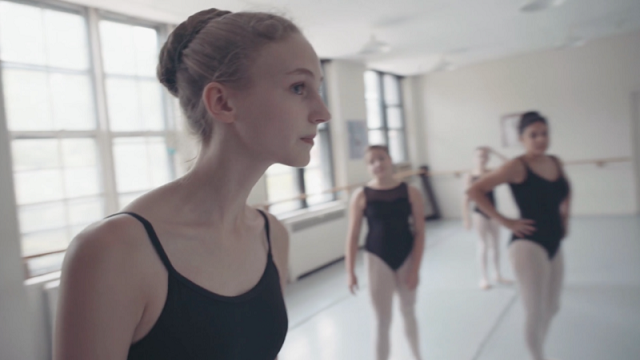The Armenian Mirror-Spectator. BOSTON — A lot has happened in Armenia over the last couple weeks – Azerbaijan has waged a regional war during the COVID-19 pandemic, firing on border villages, bombing a PPE mask factory and threatening to bomb the Armenian Nuclear Power Plant. Events like this are hard to process for Armenians around the world; how could this happen? Where do we go from here? What’s next?
For young diasporan Armenians living in the United States, the mental and emotional weight of this recent conflict is only exacerbated by current public health and social tensions nationwide. Despite recent “re-openings” across the country, the U.S. has exponentially more COVID-19 cases and deaths than any other nation and concurrently, the Black Lives Matter movement continues to demand change at a systemic level.
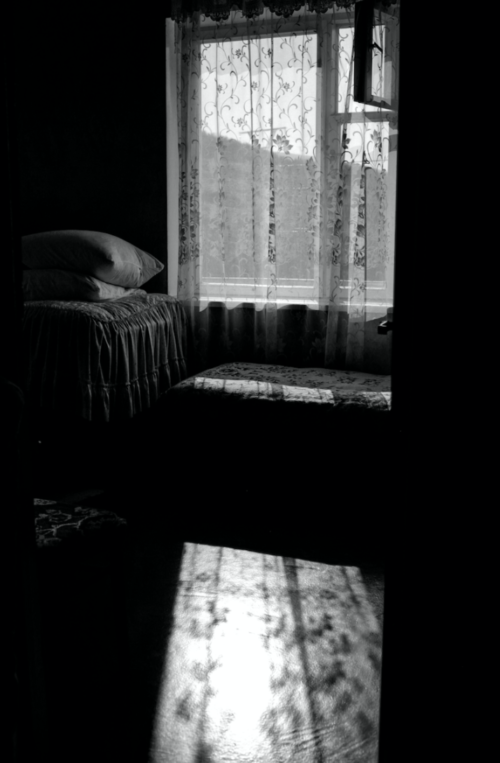
Guest bedroom at my grandmother’s house. Ttujur, Armenia, 2015 From Lilit Danielyan’s “Villagers” series
Armenia’s diaspora has an expansive history of coping with trauma and tragedy through art. Take Genocide survivor and visual artist Berj Kailian for example – she was exposed to the atrocities of war as a small child, and spent the rest of her life creating breathtaking works of art that not only provided her with a coping mechanism, but also her art became an abstract portal into Armenian history for the younger generations.
With the social and political upheaval both in Armenia and the States, let us take a look at what three young female Armenian artists – who are distinct in their identities as well as their crafts – are doing to explore their identity and to cope with the times.
Read also
Joanna Nanajian
Meet Joanna Nanajian, the Armenian artist from Beirut (now based out of Boston) who was recently accepted to The Fountainhead Residency in Miami. Nanajian cites her background and her unique struggle with identity in the States as formative in her journey as an artist.
“I immigrated to Boston from Beirut around the age of 12 and didn’t go back for about 10 years. I felt so detached from my home and my heritage that I didn’t realize how confused I was until I finally went back,” said Nanajian. “Self-understanding and acceptance is a lifelong journey and your identity is just the beginning of it. Once I went back, it was as though everything finally made sense; I was greeted with the smell of soorj in the morning and the voices of my family yelling at each other in a mixture of Armenian, Arabic and so many more languages. Being reconnected with my home, family and heritage brought back comfort I didn’t realize I was missing.”
A graduate of MICA (Maryland Institute College of Art) and resident artist at the Dorchester Art Project (DAP), Nanajian creates massive abstract charcoal pieces that are simultaneously anthropomorphic and abstract. While in the presence of one of her works, the viewer feels small and eerily insignificant.
“Recently, I’ve noticed a link between my work and heritage, not through an aesthetic influence but through my experiences as an Armenian immigrant from Lebanon and how I have moved through this world. My most recent work undergoes a repetitive draw and erase process. These continuous gestures are a mirror for all the moments that I have gained and then lost control of my life.”
In addition to her charcoal pieces, Nanajian also makes masks – the demand for which has naturally increased over the last five months.
“I was selling masks prior to COVID-19 as a hobby. I really enjoyed the aesthetics of masks and was selling them as fashion pieces with chains and designs attached. Once the pandemic hit, the orders began coming in at large quantities and became my main focus within my art practice for the past four months. This really pushed me to come out with more designs; I began to incorporate more pearls, lace, and jewels. My masks are very influenced by traditional Armenian head pieces. We’re in this for a while — might as well look cute and feel good when we wear our masks!”
As a resident of the community-based DAP, Nanajian takes social justice seriously. The recent social unrest due to the murders of unarmed Black individuals – such as Breonna Taylor, George Floyd, Tony McDade, Ahmaud Arbery, and so many more – has Nanajian using her platform as an Armenian artist to draw attention to the systemic racism in the States for her diaspora community.
“Your words have value to the people around you, so use them. Demand justice for these victims and actively dismantle any racist behaviors starting with your loved ones. Armenians have had the Genocide and should understand what it’s like to have your own innocent people murdered and then be neglected.”
Talin Avakian
Talin Avakian — a Worcester-born filmmaker, now based in New York — explores her multi-faceted identity through mainly fictional renditions for the screen. Each character she conceives is in itself a work of art; her films provide a space to deconstruct minor social interactions and complex relationships with a magnifying glass, amplifying character affects that are typically overlooked. Her work is nuanced, meditative and understated.
“I came to realize my deep desire to intimately follow characters through their journeys and challenges of life. Following them (or creating them) would bring me comfort as they were people I could identify with and be inspired by,” said Avakian. “My work has always been very personal, so naturally my identity seeps into my work. While not every character may be of Armenian heritage, the characters I write may experience similar struggles to that of an Armenian diaspora, because that is the story I know”.
Avakian is Armenian on her father’s side and is well-known in the Armenian filmmaking and arts communities. Besides hosting the Worcester Armenian Film Festival since 2013, Avakian also filmed and produced a series of short documentary films about historic Armenia.
“I consider myself mostly a fictional narrative filmmaker, but in 2014 I was asked to travel to historic Armenia with a group of researchers to document the journey, our ancient churches and the individuals we met (some of them, hidden Armenians) along the way. I created a few short films as a result, some of which continue to have a screening life as they are screened in classrooms and festivals, used to start conversations surrounding themes of genocide and dispossession, erasure and urban development.”
On her mother’s side, Avakian is Black and Indigenous. When asked how the recent events surrounding The Movement for Black Lives has impacted her identity-heavy work, Avakian stated: “Honestly, I’ve felt hindered, as the recent events of the world have left me feeling quite exhausted. While I’m grateful for my health, safety, and job security, I’ve felt a sense of pressure to respond and be present for everything… It’s been a challenge to balance my emotions, prioritize my mental health and dedicate the diligence and attention needed for my work – and when I feel I have a handle on one thing, the other thing pulls me. So all in all I’ve found that it’s been very challenging to prioritize my film work, as much as I wish to pause everything to work on it.”
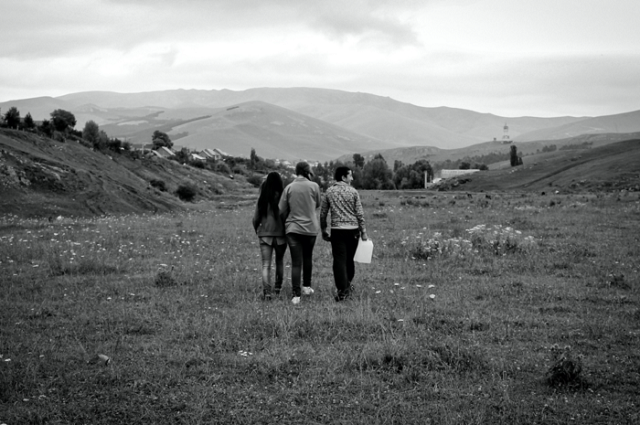
Local kids carrying spring water home. Chambarak, Armenia, 2015 From Lilit Danielyan’s “Villagers” series
Lilit Danielyan
The black-and-white photography of Lilit Danielyan, the Armenian expat from Kazakhstan who now resides in Portland, Maine, is telling a story that demands to be heard.
“I was born during the Nagorno-Karabakh conflict in a town called Artsvashen. Two days after my birth, Artsvashen was occupied by the Azerbaijan military, forcing my family to flee… My father always told me that I was the last child of Artsvashen — of his hometown that he still dreams to see someday. Growing up, I often demanded the details that surrounded the day I was born. I wondered, what my mother felt, giving birth to her first child in the basement of the local hospital, while hearing the shootings from afar. I also wanted to imagine Artsvashen, because I have actually never seen it in photos. My father’s and my grandmother’s stories fed my imagination.”
Danielyan is entirely self-taught; she learned how to capture images and narratives through a desire to uphold her family, their villages, and the world around her.
“My first camera was a Zenit, made in the Soviet Union. It took me a while to learn how to use it properly, but as soon as I saw the first well-exposed images, I couldn’t stop…I traveled to Armenia to take interviews and to photograph my grandmother’s house.”
When Danielyan’s grandmother passed, she realized how truly priceless her photographs were.
“I was left with a few video-interviews and photographs I took of her, and of the surrounding villages. Eventually, I put the videos together and created a short photo essay about my grandmother. When I showed the work to my family, I witnessed the power that story-telling could have on people. I will never forget the silence after the video was over. I decided to continue my photographic journey.”
At just 19 years old, Danielyan immigrated alone from Kazakhstan to the East Coast. Inspired by her previous work documenting Armenian villages, she hoped to pursue her dreams of becoming a documentary photographer. While Danielyan holds a degree in International Relations from Karaganda State University (Karaganda City, Kazakhstan), she wanted to bolster her artistic credentials. Her first few years in the U.S. were devoted to saving money so that she could study photography at Smith College and develop her unique style, which she attributes in part to her inspirations: Agnes Varda, Parajanov, Fellini, Bergman and David Lynch, to name a few.
Danielyan’s transcendent black-and white-images emanate another era. For Danielyan, her work is personal and nostalgic but as the viewer, we feel that too, as if the carefully constructed lens through which we view her work is as much a part of the art as the art itself. It feels as if we are transported back to the collective Armenian unconscious; we feel affection for her family members that are not ours but could be. We cherish her memories in the Motherland that we never had but as American diaspora, we always wish we did.
Now in Portland, Danielyan is involved in a number of documentary projects, including documenting the faces and stories of Portland’s refugee population, which is largely from Somalia.
“Recently, I began interviewing and photographing the immigrant and refugee community in Maine, and creating photo-essays. I was surprised how much this project helped me to understand my own feelings as someone who immigrated to the United States alone…In Portland, when [Black Lives Matter] protests began, I was amongst the protesters. To me, there is nothing more beautiful than the feeling of connection with one another. It’s crucial to stand up for each other and embrace things that unite us.”
Danielyan’s community work in Portland has proven cathartic for her, especially in recent weeks. The village in which Danielyan was born is located in the Gegharkunik region, which borders Tavush – the region that has been under attack by Azeri forces since the 1994 ceasefire was broken on July 12th, 2020.
“When I learned about the recent political events between Armenia and Azerbaijan, I was devastated. I also realized how much I would have wanted to be in Armenia right now, doing documentary photography work. We don’t need more useless wars that always result in enormous suffering. Instead, we need to concentrate on peace-building relationships. I will be focusing on this in my next art projects”.
Danielyan takes comfort in looking forward to a time when her documentary footage will be a mechanism for telling the story of this moment. She hopes the images she has produced – and continues to produce – will illuminate this time in American and Armenian history for generations to come. For Danielyan, who knows first-hand the powerful role that capturing images plays in preserving history, it is only natural.
By Anaïs DerSimonian
Special to the Mirror-Spectator
Main photo: Still Image from “Two Tales of a City” by Talin Avakian





















































